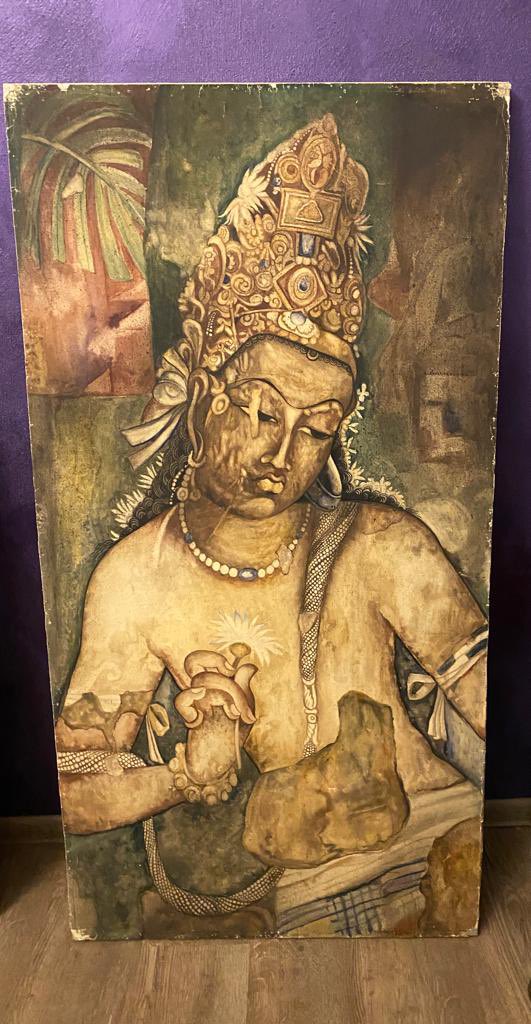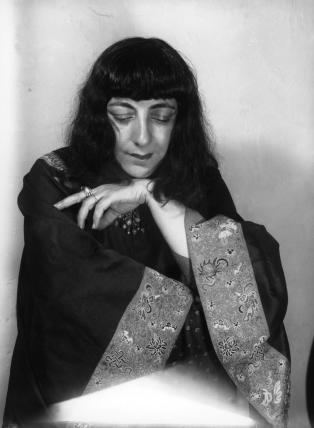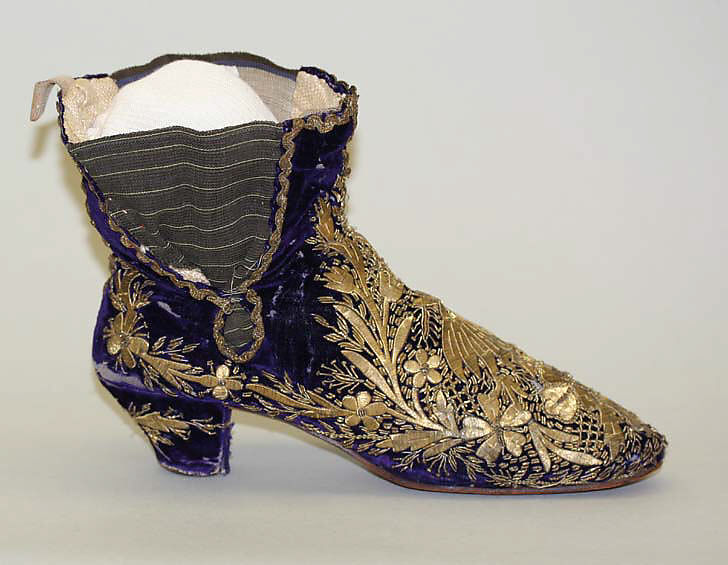Buddhist frescoes as an inspiration for the Armenian artist Sarkis Katchadourian
One of the remarkable Armenian artists of the mid-twentieth century, who was directly inspired by the Oriental cultures and Asian themes, has been Sarkis Katchadourian. From 1937-to 1941, the artist worked in India and made copies from temples' frescos, primarily
Evangelists holding the prototype of the ballpoint pen in an Armenian Cilician twelfth-century manuscript
One of the Armenian manuscripts of the Matenadaran (the Mesrop Mashtots Institute of Ancient Manuscripts, Yerevan, Armenia) displays an intriguing nuance that provides evidence to suggest the theory that Armenians were one of the first who invented ball engravings back
Ida Kar: The mid-twentieth century Bohemian photographer of Armenian descent
The Armenian female photographer Ida Kar or Ida Karamian has made a significant contribution to the recognition of photography as a form of fine art. She was pioneering in terms of capturing in her photos some of the most important
The Armenian orphan’s garb as a silent witness of the Armenian Genocide horrors
The dress, most likely worn by a 7-year-old orphan girl or a boy, is a significant tangible remnant of the Armenian Genocide. It is possibly sewn from the pieces of fabrics of children who died in the desert. A close
Armenian traditional footwear
Since ancient times, footwear has been an essential element of traditional Armenian outfit ensembles. Both men and women wore different handmade shoes. Leather shoes called “threkh” were made from rough animal skin and worn with knitted woolen socks. Also, boots
Colors of the Armenian traditional garments
Armenian traditional dress is called “Taraz.” The word itself has many meanings, for example, form, shape, make, fashion, way, manner, look, appearance, formula, costume, uniform, and dress.The characteristics of Armenian clothing included red fabrics and rich, colorful ornamentation.The Armenian costume
Exploring the world through her self-portraits. Lavinia Bazhbeuk-Melikyan
Lavinia Bazhbeuk-Melikyan (Armenian: Լավինիա Բաժբեուկ-Մելիքյան) was an Armenian female artist who was a full member of the Russian Academy of Arts, and a People's Artist of the Armenian SSR. Lavinia Bazhbeuk-Melikyan was born in 1922 in Tbilisi in the family
The artist who preserved Armenian heritage through his watercolors and stamps
Arshak Abrahami Fetvadjian was an Armenian artist, painter and designer. He is best known for his watercolor paintings of the architectural monuments of the medieval Armenian city of Ani, and for designing the currency and postage stamps of the first
Armenian female artist who modelled for Matisse
The Armenian female artist Vava Khatchadourian was born on February 12, 1895, in Trebizond, Ottoman Empire, and spent most of her childhood in Batumi. Prior to pursuing an artistic career, Khatchadourian lived in Vienna and Paris, where she modeled for
The rare Armenian silver filigree, enamel, and gilt: a box set with emeralds, pearls, and garnets
This fine, domed chest is of Armenian origin and most probably served a religious purpose – possibly it was used to hold incense. It is of a gilded silver sheet that has then been covered with an outer layer of















